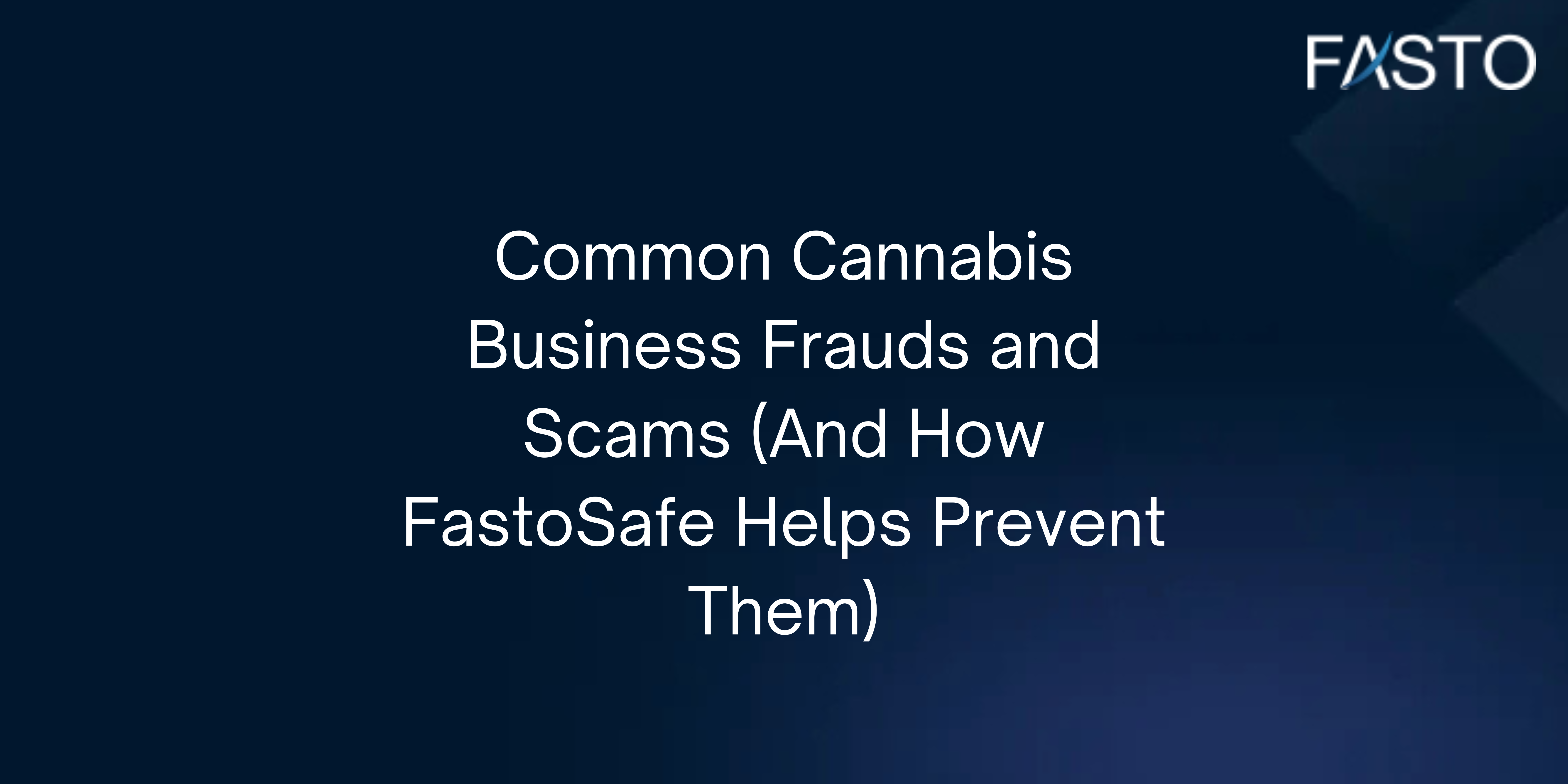This guide reveals the seven critical indicators that your current fraud prevention system is failing to protect your business, leaving you exposed to financial losses, damaged payment processor relationships, and deteriorating customer experiences.
1. You’re Experiencing “Ghost Traveler” Refund Scam
While your hotel beds were occupied and your tour guides were leading excursions, a growing number of customers are claiming they never received these services and demanding refunds.
This sophisticated fraud tactic costs travel businesses millions annually. Fraudsters book experiences, enjoy them fully, then fabricate elaborate stories about service failures or claim they never arrived at all.
When your refund rates climb despite delivering quality experiences, you’re likely being targeted by professional scammers exploiting your customer service policies.
Advanced fraud detection doesn’t just screen at the booking stage, it tracks patterns across the entire customer journey, identifying serial refund abusers before they drain your revenue.

2. Fraudsters are Testing Your Defenses Across Borders
A reservation for a luxury Bali resort package comes in from a US credit card, but the booking IP address traces to Russia, the phone number is registered in Nigeria, and the email was created yesterday.
Traditional systems might miss these contradictions, but today’s sophisticated fraudsters operate globally, using stolen payment details and location-masking technology to book high-value international travel.
When cross-border transactions from high-risk regions spike on your platform, particularly those with mismatched location data points, fraudsters are likely testing your defenses.
Modern fraud prevention doesn’t just check individual data points, it analyzes the coherence between them, automatically flagging geographic inconsistencies that human reviewers might miss.
3. You’re Experiencing a Drop in Conversion Rates
When your fraud prevention system rejects legitimate purchases without explanation, it creates more than just a security issue: it damages customer relationships and directly impacts your revenue.
Every time a loyal customer encounters an unexplained decline, their frustration grows and their patience shrinks. These false rejections silently drive away business while leaving customers wondering what went wrong.
Effective fraud detection should strike the right balance, confidently identifying actual threats while allowing genuine transactions to proceed smoothly.
If you’re experiencing high rates of false declines, your current system simply isn’t sophisticated enough to tell the difference between real fraud and valuable customers making legitimate purchases.
4. Rising Chargeback Ratios: The Warning Sign You Can’t Ignore
When your chargeback ratio keeps climbing, it’s a clear red flag that your fraud prevention isn’t working effectively.
Each rising percentage point means either fraudsters are slipping through your defenses or legitimate customers are being unfairly penalized.
Beyond the immediate financial losses, excessive chargebacks threaten your payment processing capabilities, especially if you exceed industry thresholds.
This dangerous trend demands a more sophisticated fraud detection system, one that can identify and block fraudulent transactions before they turn into costly chargebacks that damage your bottom line.
5. Your Customer Support Acts Like a Fraud Department
If your support team spends more time handling fraud complaints than helping customers succeed, your fraud prevention system is failing silently.
The flood of tickets about payment issues, disputes, and chargebacks doesn’t just strain resources, it transforms your support agents into full-time fraud investigators.
Effective fraud prevention should operate invisibly, empowering your team to quickly resolve the occasional issue rather than constantly fighting fires.
When customer satisfaction suffers because your support team can’t keep up with fraud-related problems, it’s time to reconsider your approach to fraud prevention.

6. Payment Processor Concerns: The Relationship at Risk
When your payment processor starts asking uncomfortable questions or expressing concerns, consider it an early warning system. These partners monitor fraud patterns and chargeback ratios constantly, and their nervousness signals that your merchant account is becoming a risk they may not want to bear.
7. You’re Seeing a Surge in Last-Minute Bookings with Unverifiable Payment Details
Travel businesses often experience a surge in bookings, especially around peak seasons. However, if you notice an unusual increase in last-minute bookings with unverifiable or suspicious payment details, this could be a sign of fraud.
Fraudsters tend to make high-value, last-minute bookings with stolen card information, knowing that customers often don’t check details too closely before their travels. A strong fraud detection system should be able to spot these booking patterns and flag them for review.
You Can Protect Your Travel Business From Fraud and Chargebacks
Imagine handling every reservation with complete confidence, knowing fraudsters are blocked while your real travelers enjoy seamless experiences. That’s what FastoSafe delivers. Our intelligent fraud detection system doesn’t just react to threats, it anticipates them, analyzing behavior patterns and transaction signals that humans miss.


